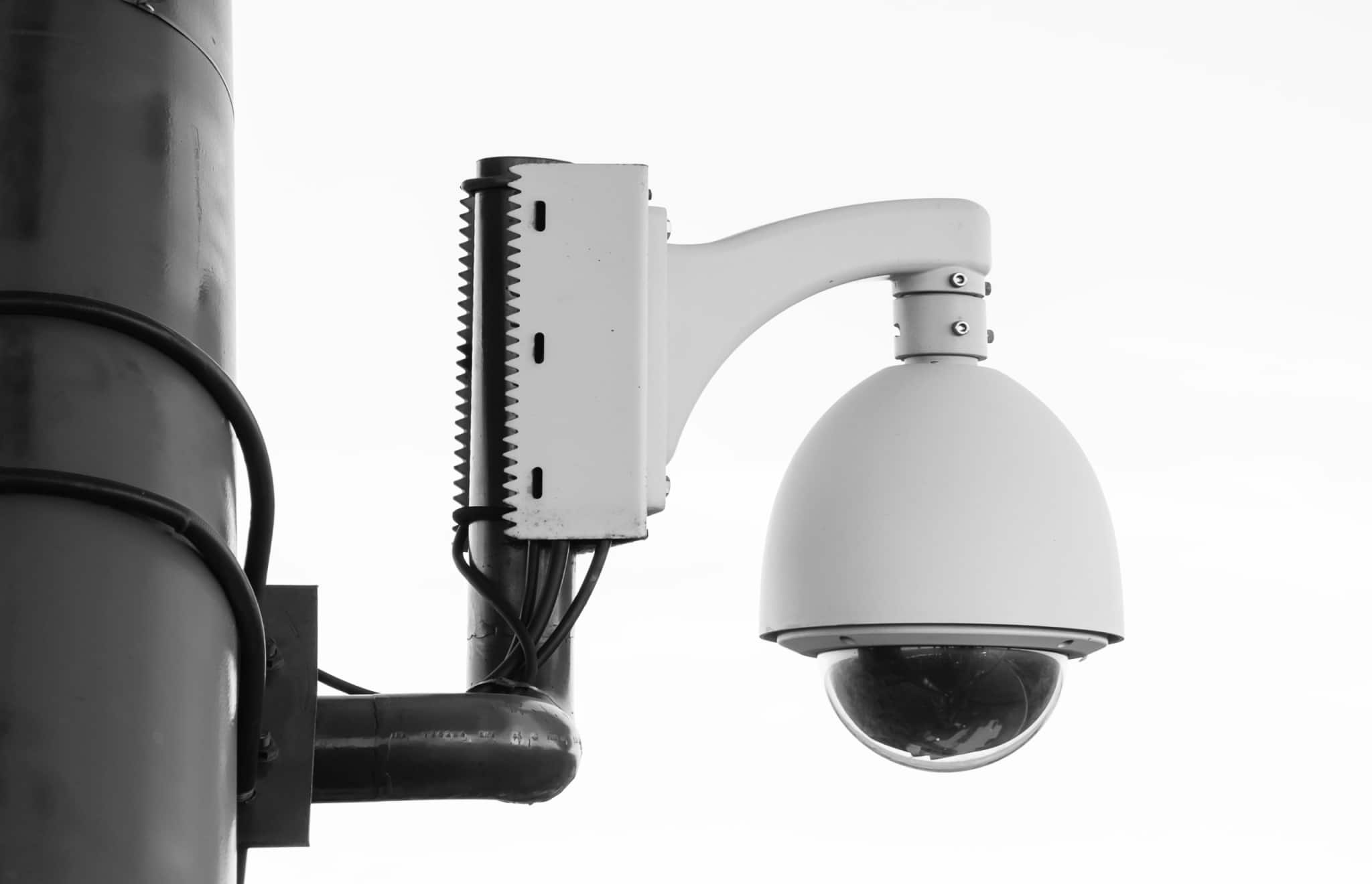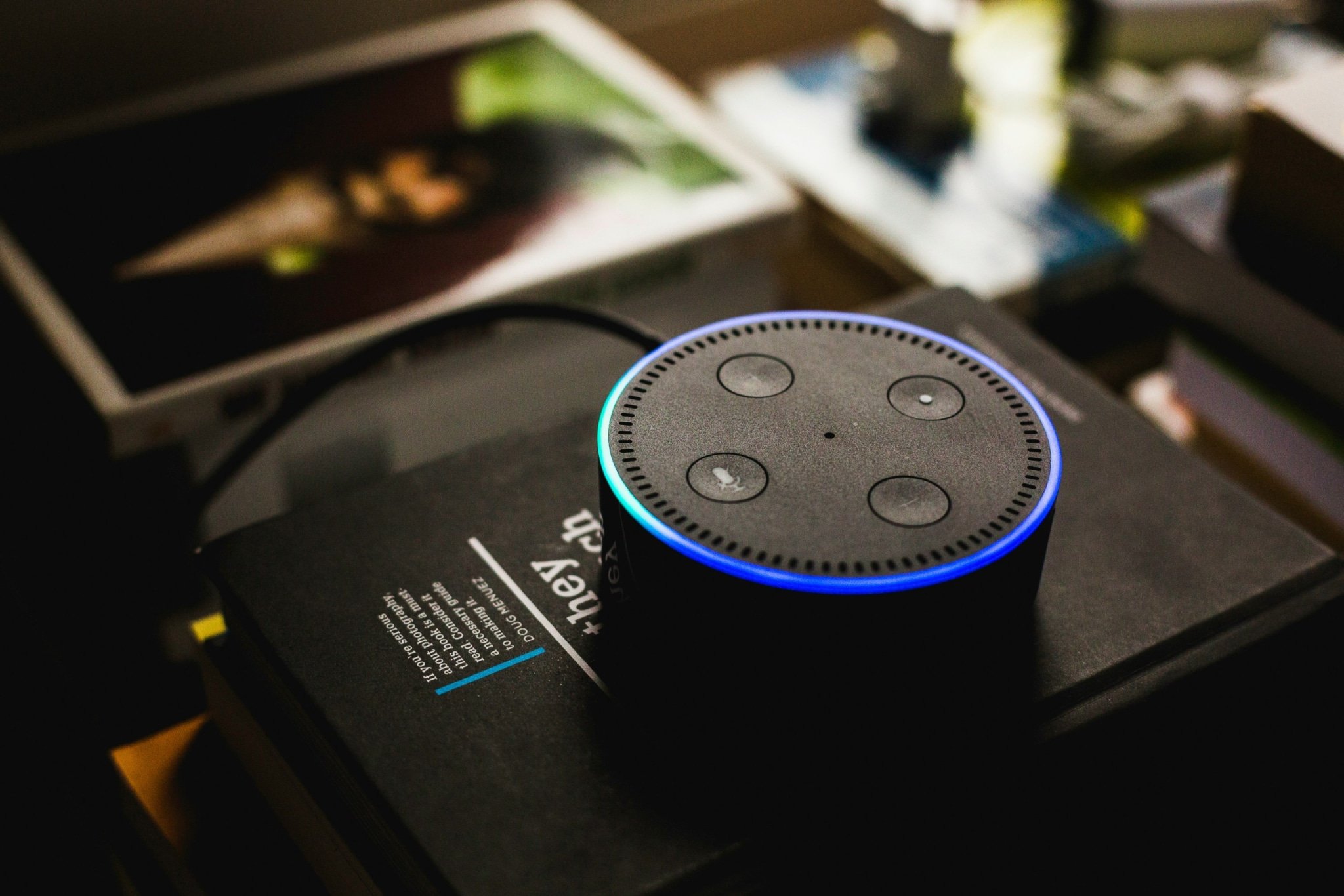
When President Donald Trump signed his so-called Big Beautiful Bill into law on July 4, tax cuts and cuts to Medicaid and food stamps understandably got the greatest attention. But also contained in that 870-page bill are cuts to higher education. As reported in The New York Times, “The student loan changes are expected to save the government more than $300 billion over a decade, according to a Congressional Budget Office estimate.”
How is that “savings” going to occur? To cut $300 billion over 10 years from higher education spending, the Trump bill makes severe changes to the current student loan system, including capping and reducing the amount of money students, and their parents, can borrow.
The bill also reduces the number of loan payment options to two. (Some existing plans will continue for current borrowers.) One is a standard fixed-payment term loan. The other is an income-based repayment plan called the “repayment assistance program” or RAP. The RAP plan requires payments for 30 years, compared to 20 to 25 years on most previous income-based repayment programs; for most borrowers, the monthly fees will increase markedly.
The good news is that the PSLF program itself emerges unscathed. The not-so-good news is that the threats to PSLF remain.
Another important change: The grad school loan caps limit borrowing to $100,000 for liberal arts degrees and $200,000 for law and medical degrees. The likely impact is to force students who have borrowing needs in excess of those amounts to take out higher-interest private loans that are not federally guaranteed.
Impact on Public Service Loan Forgiveness
Of course, many NPQ readers are employees in the nonprofit sector who are eligible to participate in the public service loan forgiveness or PSLF program. PSLF allows forgiveness of student loans after 120 months of payments, provided the person has made the requisite number of payments while employed in a nonprofit or public sector job. What is the status of PSLF in the new regime?
Here there is good news and bad news. The good news is that the PSLF program itself emerges unscathed. The not-so-good news is that the threats to PSLF remain, which, as NPQ reported on both in March and in May, concern the Trump administration’s attempt to apply an ideological test on nonprofits to determine PSLF eligibility.
For its part, as of this writing, the Federal Student Aid website still says: “We are reviewing the recent Executive Order regarding the Public Service Loan Forgiveness (PSLF) Program. There are no changes to PSLF currently, and borrowers do not need to take any action.”
Pauses and Pain
The laws being passed are bad enough. The cost of borrowing is going up. The number of payment options is going down. Some students, perhaps many students, will have to take on more expensive private loans to complete their graduate school education. And, as noted above, some nonprofit workers enrolled in PSLF could lose their eligibility, depending on how the courts rule regarding attempts by the Trump administration to limit eligibility to workers at only favored types of nonprofits.
While there is a pause on forgiveness, there is no pause on payments! So, if you have a student loan…please continue to make those payments.
But, as is often the case with the federal government, how the new laws are being implemented is making the situation much worse.
In particular, the US Department of Education has suspended student loan forgiveness, including for those making income-based repayments on a 20- or 25-year schedule. As The Washington Post reports, “Income-Based Repayment is one of four federal plans that tie monthly payments to earnings and family size with the promise of loan forgiveness after 20 or 25 years of payments….About 2 million borrowers are enrolled in the plan.”
There’s also a pause in place for three other federal plans, known as SAVE (Saving on a Valuable Education), PAYE (Pay As You Earn), and ICR (Income Contingent Repayment)—all of which were put in place by the Biden administration and all of which are currently being challenged in court.
Unfortunately for student borrowers, while there is a pause on forgiveness, there is no pause on payments! So, if you have a student loan and have been making payments under the income-based calculations, please continue to make those payments.
If you have reached the threshold of payments for forgiveness—that is, you have made the requisite 20 or 25 years of payments—you have two options: You can continue making payments (overpayments supposedly will eventually be refunded) or can request forbearance, but, in that case, interest will continue to accrue.
Borrowers have been experiencing the pause already. The US Department of Education has just confirmed what was suspected.
Additionally, attorney Adam Minsky reported in Forbes that the federal government has stopped counting the payments for the income-driven repayment plans. “The Trump administration quietly removed the IDR tracker from StudentAid.gov, leaving borrowers in the dark again about their student loan forgiveness progress,” Minsky explains.
And so, no one who has completed their required number of payments through any of the income-based repayments (IBR) plans has received loan forgiveness since April.
Higher education is being shredded at the altar of tax cuts.
There has been no court order to suspend IBR discharge of loans, which would be mandatory, since there are statutes in place from Congress that mandate IBR loan forgiveness. These are loans with federally regulated agreements involving both the borrower and loan provider; they cannot legally be summarily changed.
Unfortunately, the Consumer Financial Protection Bureau (CFPB), which would handle the borrowers’ complaints, has been similarly decimated by a Trump executive order.
“Instead of fixing the broken student loan system, [Education] Secretary [Linda] McMahon is choosing to drown millions of people in unnecessary interest charges and blaming unrelated court cases for her own mismanagement,” said Student Borrower Protection Center executive director Mike Pierce.
Pierce’s statement came after the Education Department had announced that it would resume charging interest on student loans covered by the SAVE plan forbearance on August 1. Borrowers subject to the forbearance have had no interest accrual on their loans since the injunction was first announced last summer.
Student Debt in Context
Beyond the specific policy changes and the “pauses” is a broader issue: Higher education is being shredded at the altar of tax cuts.
In short, because of legislation passed by Congress earlier this month, millionaires and billionaires will be asked to contribute less in taxes—and fewer individuals will benefit from higher education as a result. Fewer students enrolled, of course, ultimately means fewer colleges and universities—and therefore less knowledge generation.
This challenge is not new. More than a decade ago, Chuck Collins of the Institute for Policy Studies wrote in The American Prospect that, “A healthy democratic society…[should] make robust public investments in time-tested interventions that equalize the conditions” for all.
But that call has not been heeded.
Family income does not correlate to intellect and talent. And money should not dictate access to education. It wasn’t so long ago when free public higher education was a reality in the United States. Back in the 1960s, other than nominal fees, public higher education was free in California. The City University of New York system maintained a no tuition policy until the mid-1970s.
A few years ago, I wrote about how by choosing to financing education through debt—a system begun under Democratic Party leadership in the 1960s—the nation unleashed a monster.
As of March 2025, total federal student loan debt for 42.7 million Americans stood at $1.693 trillion; if private debt is included, that numbers climbs to $1.777 trillion. The current policy changes will likely lift those numbers even higher.
But advocates continue to pursue equitable access to higher education. The Debt Collective, for instance, has three organizing calls scheduled in August. The struggle for higher education justice goes on.













